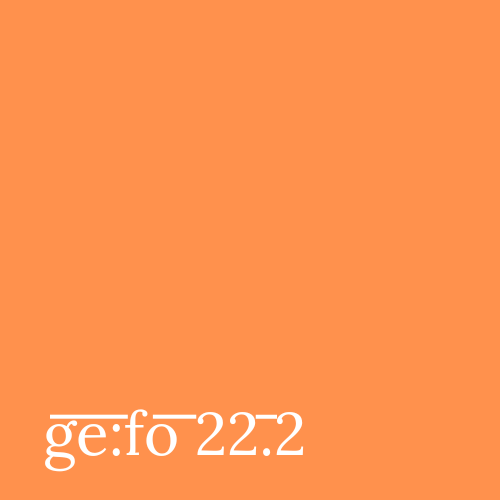Artificial Tricksters: Narrating AI in Relation to Age and Gender
DOI:
https://doi.org/10.18716/ojs/gefo/2023.2404Keywords:
Artificial Intelligence, Trickster, Narratives, Digital Divide, Biased AIAbstract
This paper delves into the pervasive influence of Artificial Intelligence (AI) in contemporary society and discusses its reciprocal relation with both age and gender. While strong AI fuels both cultural fascination and trepidation, the essay posits that, so far, strong AI remains a fantasy. The discourse surrounding AI, often framed within metanarratives presented in fiction, media, and social platforms gravitates towards a humanized interpretation of AI. In contrast, this article introduces the age- and genderless trickster as a heuristic model to narrate AI. The trickster serves as a tool for critically examining how AI is currently narrated, reflecting its diverse manifestations as both a benevolent force and an anarchic character. The exploration extends to the impact of narrative framing on meaning-making in relation to AI, particularly focusing on age and gender categories. It thus becomes clear that the digital divide observed in the use of communication technologies persists with AI, disproportionately affects marginalized groups, especially older women. By proposing a shift in the narrative and reinterpreting the trickster paradigm, this article suggests that altering the storytelling around AI would influence its perception and development. The study emphasizes the need to address the potential structural discrimination embedded in AI systems, particularly in relation to age and gender, thus advocating for a more inclusive and equitable technological landscape.



